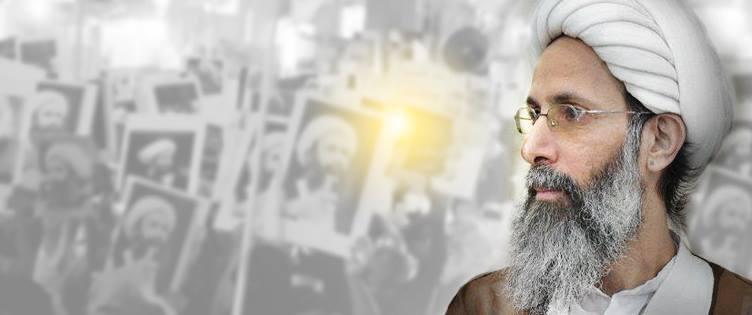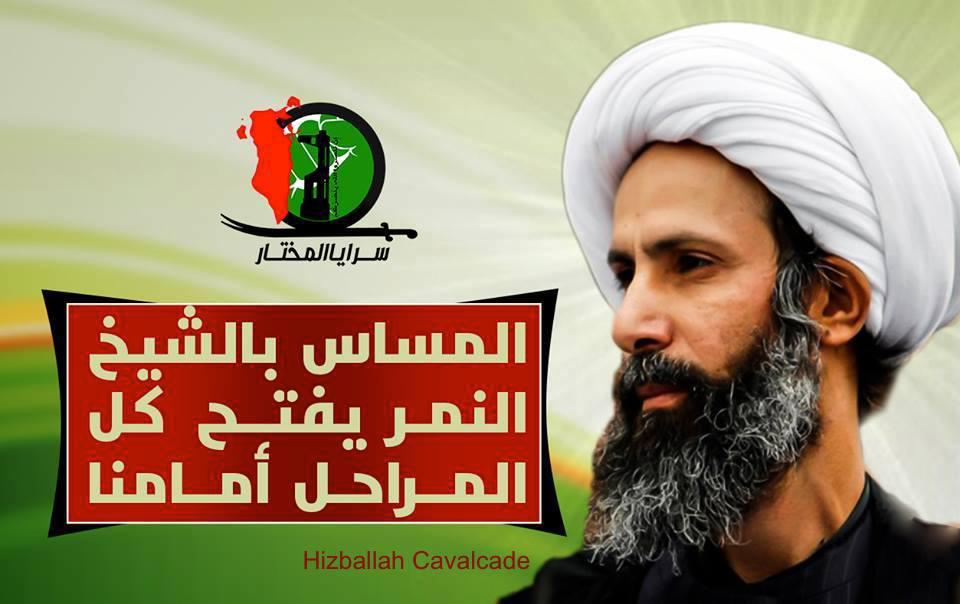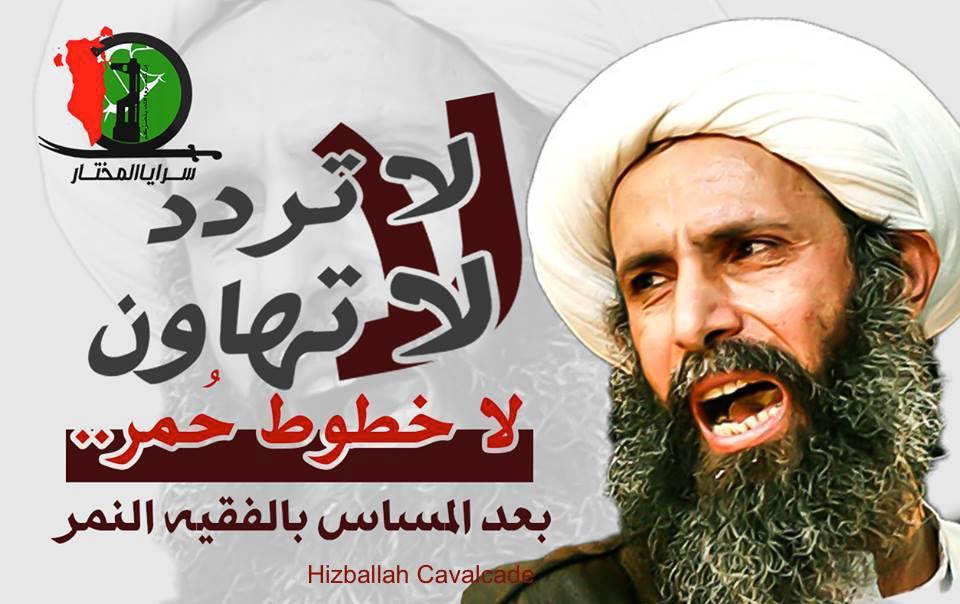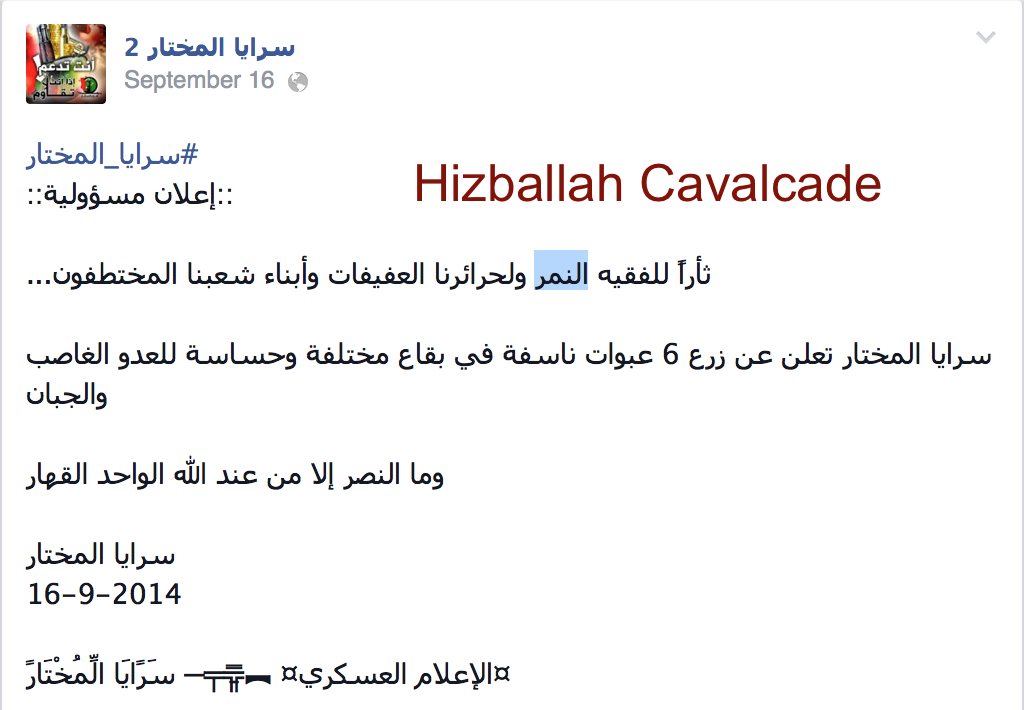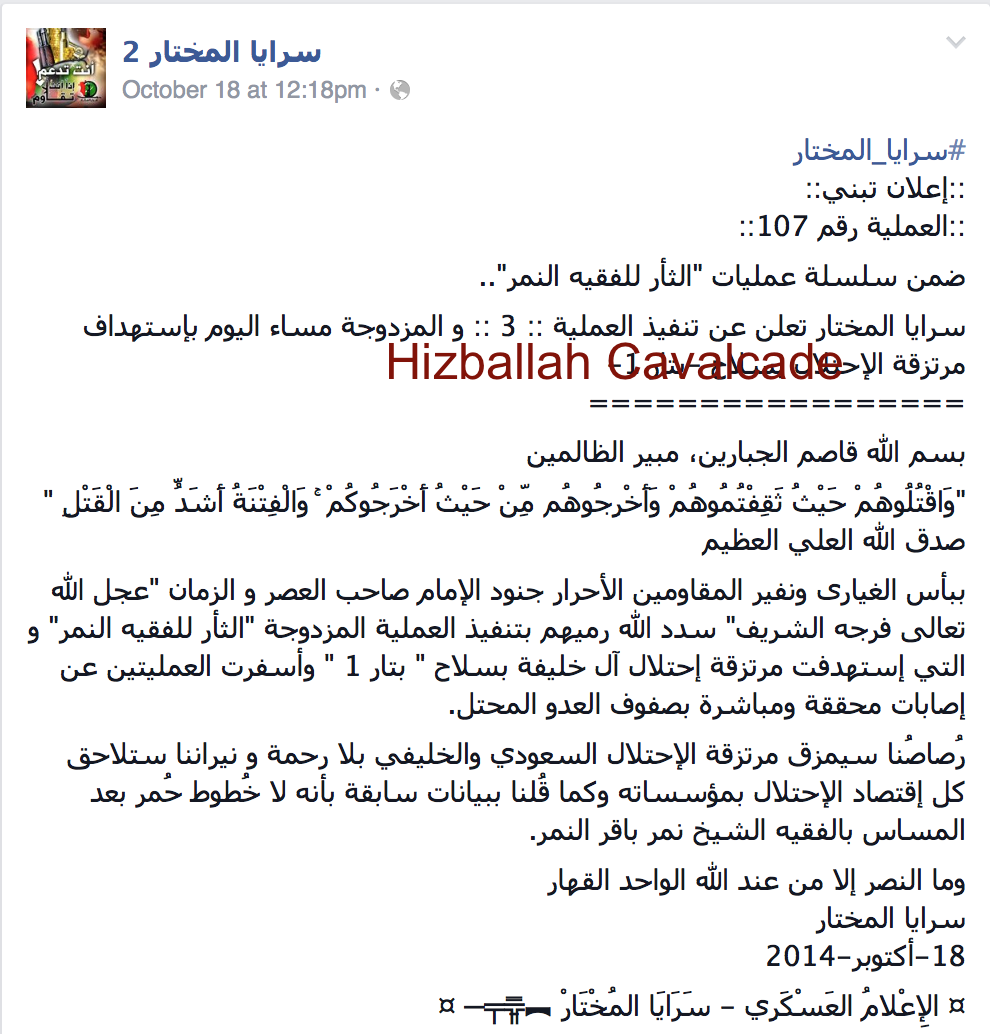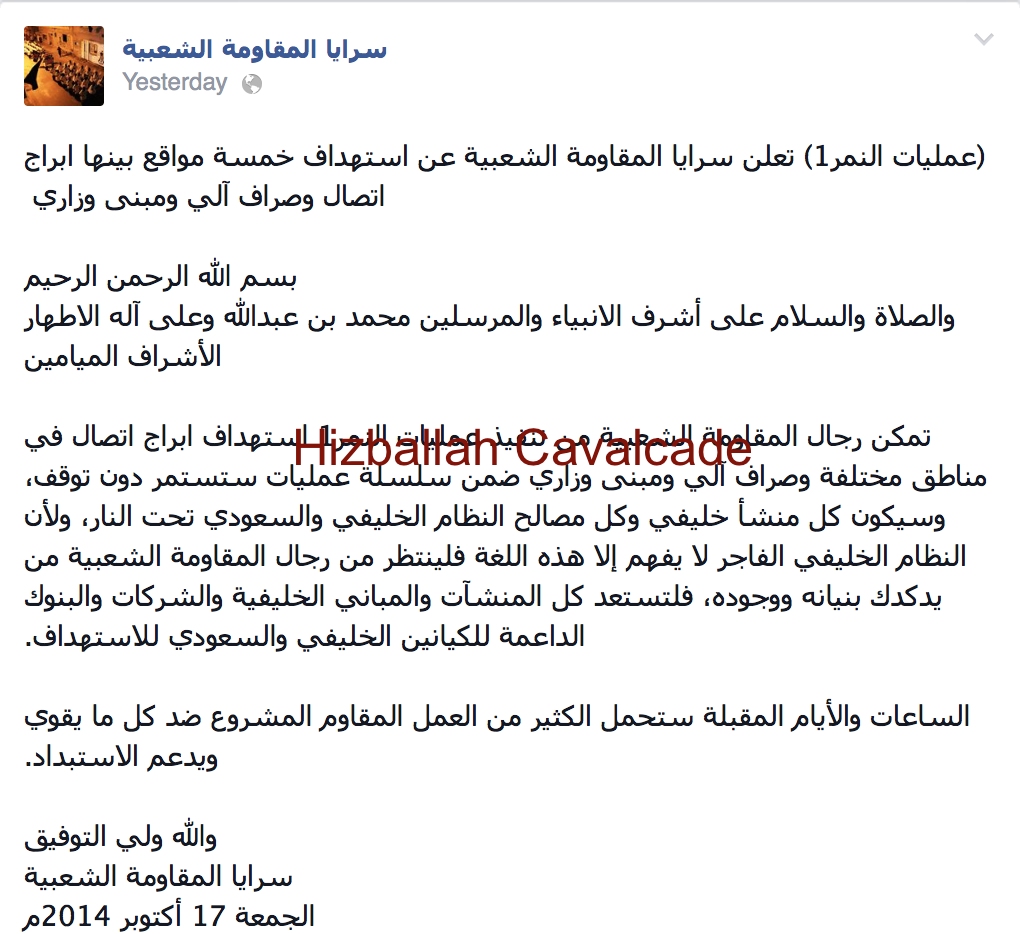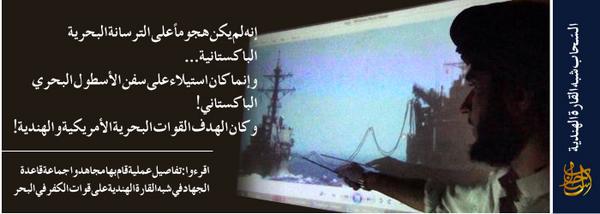NOTE: As with all guest posts, the opinions expressed below are those of the guest author and they do not necessarily represent the views of this blogs administrator and does not at all represent his employer at the Washington Institute for Near East Policy.
Jihadology.net aims to not only provide primary sources for researchers and occasional analysis of them, but also to allow other young and upcoming students as well as established academics or policy wonks to contribute original analysis on issues related to jihadism. If you would like to contribute a piece, please email your idea/post to azelin [at] jihadology [dot] net.
Click here to see an archive of all guest posts.
—
By Sam Heller
Below we see Jeish al-Muhajireen wal-Ansar (JMA) shar’i “Abu Azzam al-Najdi’s” frank rationale for leaving JMA to join the Islamic State (IS / ISIS). Jeish al-Muhajireen wal-Ansar is a mostly foreign fighter battalion that has been active in Aleppo. It is best known for its Caucasian (e.g., Chechen) contingent, but it also counts Arabs among its ranks — it recently absorbed the heavily Saudi al-Katibah al-Khadra (the Green Battalion), and Abu Azzam’s nom du guerre indicates that he hails from the Najd (east Saudi Arabia). Abu Azzam had been JMA’s shar’i and, at least in Arabic media, its main fundraising point of contact. Saudi fundraiser and ideologue Abdullah al-Muheisini had recommended as late as April that any would-be foreign fighters should reach out specifically to Abu Azzam.
Abu Azzam defected to ISIS alongside a substantial chunk of al-Katibah al-Khadra, including its commander Omar Seif and at least one of its shar’is. (Seif had apparently just been detained by the Syrian Revolutionaries Front on suspicions, now vindicated, that he was linked to ISIS. Other jihadists intervened to broker his release.)
As can be seen below, there are a number of strains to Abu Azzam’s thinking, or at least what he’s willing to disclose of it. Some of it reads like picking a winner: on the one hand, an endorsement of ISIS’s success in building a functional Islamic state; on the other, disillusionment with the dysfunction of rebel-controlled areas and a clear distrust of non-jihadist rebels. The current U.S./Coalition campaign on ISIS apparently figures into his logic, too, pushing him to advocate jihadist solidarity with ISIS to better resist “the nations of disbelief.”
ISIS and pro-ISIS accounts have been crowing about successive jihadist defections to ISIS, doing everything they can to advertise ISIS’s continuing momentum. When it comes to drawing away foreign fighters, I suspect they’re right – Abu Azzam is not the first to defect to ISIS, and I doubt he’ll be the last.
Translation follows:
I’ve been asked a lot about my reason for leaving [Jeish al-Muhajireen wal-Ansar] and pledging allegiance to the Islamic State.
I would say, frankly, that no one has a successful plan to implement God’s law except the Islamic State. It has established Islamic courts and implemented the hudoud (Islamic criminal punishments) in its territory. Meanwhile, if we go and look at the other side, we find not only sincere battalions but also – on the same land – criminal battalions and apostate battalions supported by the military councils that call openly for the establishment of a democratic state. Then we fight on the fronts while they work behind us to carry out their projects and plots… Yes, there are those who work [at that], but they’ll never succeed – although only God knows – because of their division and fragmentation. Even the courts that have been established have seen what they’ve seen because of nepotism and what have you…
You might say that the [Islamic] State has made mistakes. I say that they themselves admit these mistakes, and they work to rectify them and hold accountable the responsible party. They’ve established Islamic courts and implemented the hudoud, so you see nothing here but the rule of Islamic law. Stores close at prayer time, women are modest in the markets, nobody sells cigarettes or anything else.
I say this is not the time for division with the Islamic state. The nations of disbelief have gathered against us, so we must come to [the Islamic State’s] aid. This is not the time for the division of “groups.” Rather, it is the time for solidarity and union.
Below are Abu Azzam’s original tweets:
١- الحمد لله رب العالمين والصلاة والسلام على أفضل الخلق نبينا محمد وعلى آله وصحبه أجمعين.. سألت كثيرا سبب خروجي ومبايعتي للدولة الإسلامية..
— ابو عزام النجدي (@aboazaam122) October 21, 2014

